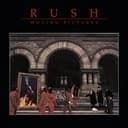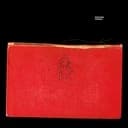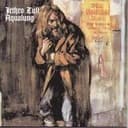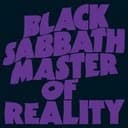Understanding the Locrian Interval Structure
The A♯ Locrian mode follows the interval pattern of H-W-W-H-W-W-W, producing the notes A♯-B-C♯-D♯-E-F♯-G♯. What distinguishes Locrian from all other modes is the presence of both a minor second (♭2) and a diminished fifth (♭5). The minor second creates immediate dissonance against the root, while the diminished fifth—a tritone interval—prevents the formation of a stable perfect fifth. This combination results in a diminished triad on the tonic, making Locrian fundamentally unstable compared to modes like A♯ Dorian or A♯ Phrygian.
Why Locrian Is Rarely Used in Traditional Music
The extreme instability of the Locrian mode makes it nearly impossible to use in conventional tonal music. The absence of a perfect fifth above the root means that the tonic chord is diminished rather than minor or major, immediately undermining any sense of resolution. Even in modal jazz and contemporary classical music, Locrian typically appears only briefly as a passing color or over specific diminished or half-diminished chords rather than as a sustained tonal center.
Locrian in Experimental, Jazz Fusion, and Metal
Despite its theoretical nature, adventurous composers have found creative uses for the Locrian mode in experimental contexts. Björk's "Army of Me" prominently features a Locrian-based riff, while Metallica's "Wherever I May Roam" uses Locrian tonality to create tension. Jazz fusion guitarists occasionally employ Locrian over half-diminished seventh chords in modal improvisation. Progressive metal artists sometimes exploit Locrian's instability to create deliberately disorienting harmonic landscapes.
Practice Tips for Exploring the Locrian Mode
When practicing A♯ Locrian, focus on embracing rather than resolving its inherent tension—play over a A♯m7♭5 chord to hear how the mode functions. Experiment with phrases that highlight the characteristic ♭2 and ♭5 intervals. The enharmonic equivalent B♭ Locrian is generally preferred in notation due to its simpler key signature. Try composing short ostinato patterns in A♯ Locrian to explore its potential for creating atmospheric, unsettling soundscapes.





